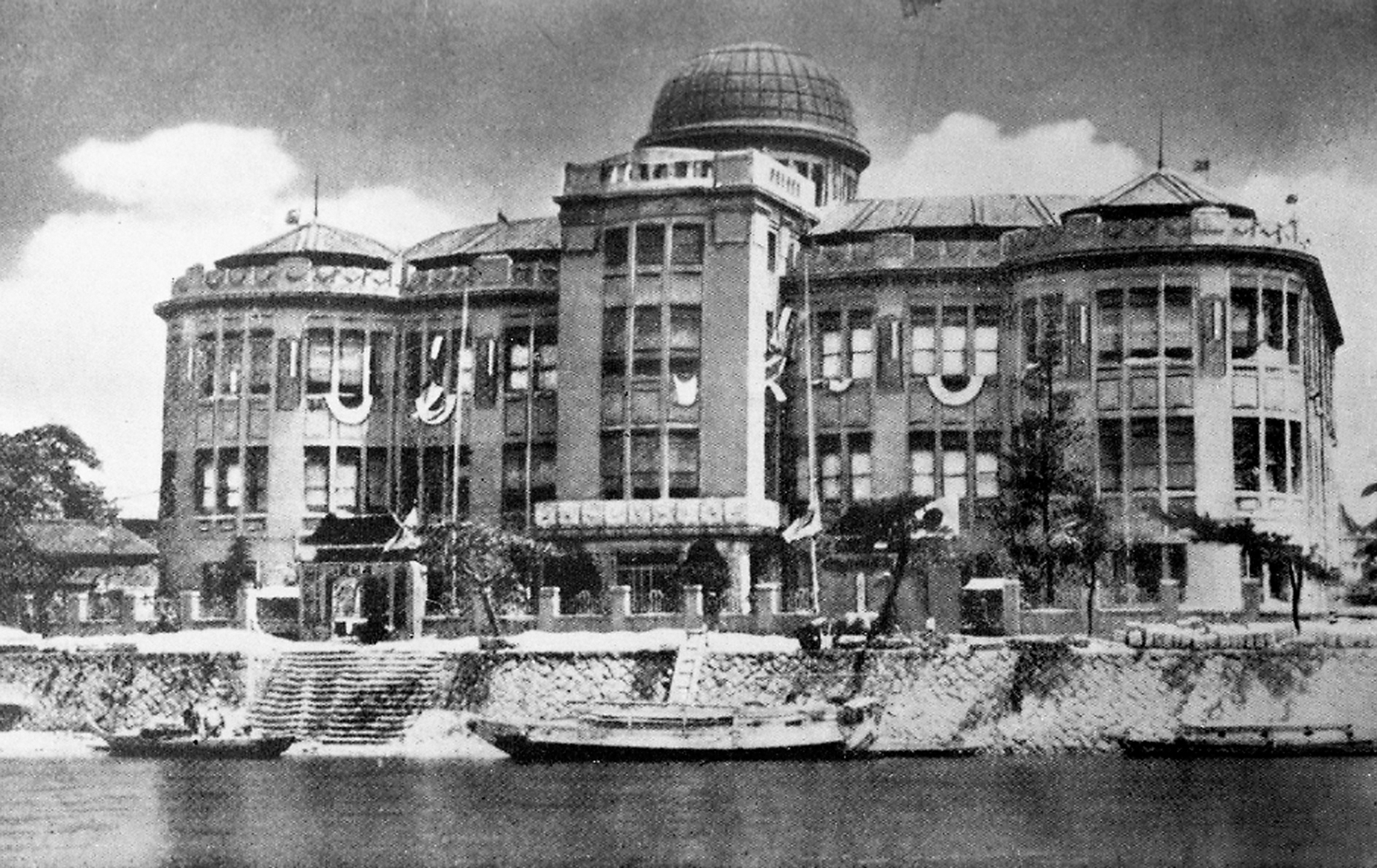Everyone in Japan knows what happened on the morning of Aug. 6, 1945. At 8:15 a.m. a nuclear bomb was dropped on Hiroshima. The city had been spared conventional bombing by the United States so that the effects of a nuclear weapon on an undamaged city could be assessed. The device detonated about 600 meters above the city.
We know about the terrible effects of the blast, of fire and of radiation, and we know about the horrific cost on human life. At least 66,000 people were killed and around 69,000 more were injured in the explosion alone. The U.S. Strategic Bombing Survey mapped Hiroshima after the explosion and made calculations about the bomb's yield and destructive capacity. You may have seen photographs of the city before and after the bomb, and pictures of the mushroom cloud rising over Hiroshima in the moments after the blast.
But marine ecologist Mario Wannier made a discovery a few years ago that raised a chilling question no one had thought to ask. What happened to Hiroshima?



